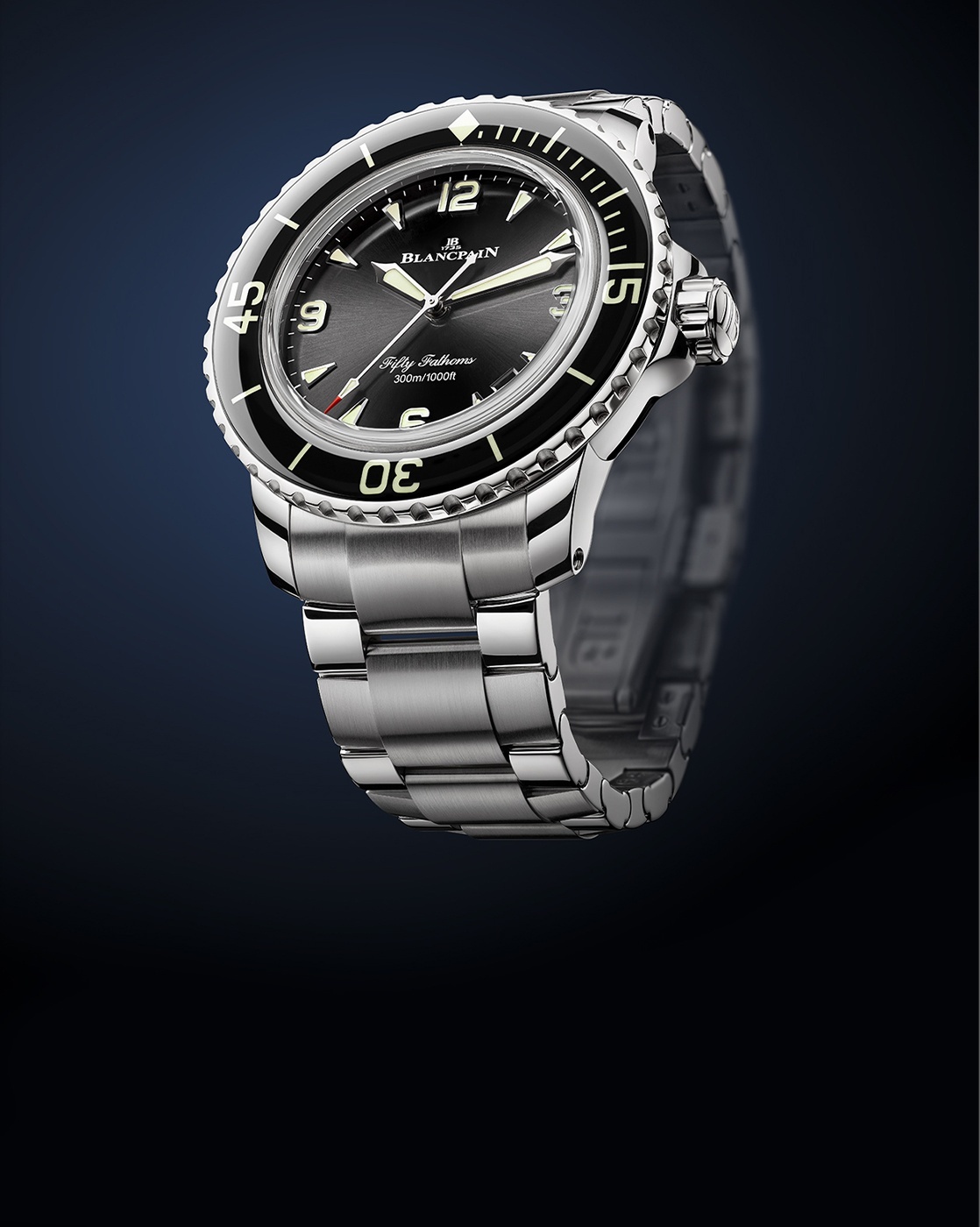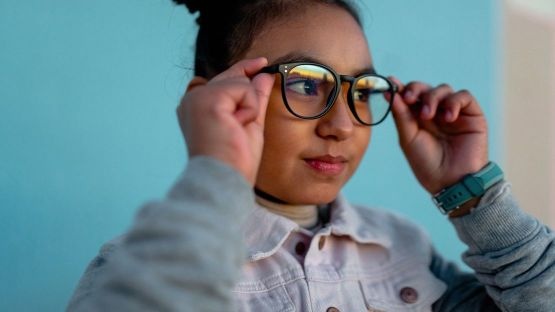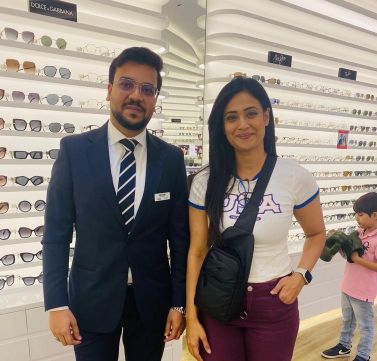Source - everydayhealth.com
More time outdoors and less time indoors, especially doing “close-up” work, can help prevent juvenile myopia and high myopia and lower the risks of future vision problems in children and young adults.

Youngsters whose poor vision isn’t recognized early can face developmental lags that affect their schoolwork, speech, and socialization. Childhood myopia (nearsightedness) is on track to reach epidemic levels in the United States and worldwide by the middle of this century. “In general, we’ve seen a trend toward increased myopia in children, along with an earlier onset, and this has been climbing for about 50 years,” says Katherine Lee, MD, PhD, president of the American Association for Pediatric Ophthalmology and Strabismus and the medical director of pediatric ophthalmology at St. Luke’s Regional Hospital in Boise, Idaho. “Both trends are worrisome, because if myopia is progressing faster and is starting in children, then when childhood is done a good proportion of youngsters are going to be significantly nearsighted.”
It’s too soon for researchers to confirm the COVID-19 pandemic’s effect. But Dr. Lee and other experts say it seems to have accelerated both incidence and onset, fueling a rapid rise in nearsightedness that could affect more than 4.7 billion people — almost half the world’s population — by 2050.
Worse, these increases — more of today’s children becoming nearsighted at an earlier age — threaten to eventually saddle more of them with high myopia, extreme nearsightedness that may lead to serious vision-threatening conditions later in life. Experts agree that it needn’t be this way.
“There are things that all families can do for free and that I recommend for all children to combat juvenile myopia,” Lee says.
Her recommendations include encouraging and enabling children to spend more time outdoors and less time indoors — a circumstance made worse if children are focused on close-up work, including interacting with electronic devices.
Nature Or Nurture?
Already the most common refractive problem worldwide, childhood myopia’s relatively fast increase — over five decades, Lee says, rather than gradually over hundreds of years — points to the environment, rather than heredity, as the cause.
“In childhood myopia, genetics figure in, but they explain only about 10 percent of the condition, while 90 percent is explained by the environment,” says a leading myopia researcher, Rafael Iribarren, MD, an ophthalmologist in Buenos Aires, Argentina, and an International Myopia Institute ambassador.
A growing scientific consensus points to one contributing factor in particular: fewer childhood hours spent in regular outdoor play and, correspondingly, increased time devoted to classroom study and close-up reading and writing. When this combination includes poor indoor lighting and, some experts add, too little exposure to sunlight, it allows few opportunities for developing eyes to “exercise” — to practice adjusting to different distances and conditions. The eyes’ ability to maintain sharp focus at various distances diminishes as a result. The process is akin to muscle loss in limbs immobilized for long periods.
In the United States, the substitution of indoor for outdoor recreation was hastened by the popularity of electronic games and devices; it was magnified as technology and electronics improved. The Oregon Health and Science University’s Casey Eye Institute notes that myopia in the United States subsequently soared close to 42 percent of the population in the early 2000s, up from about 25 percent of the population in the early 1970s.
What You Need To Know About Myopia?
Most people know myopia as an inability to clearly distinguish distant objects. The condition usually begins in childhood, worsens through adolescence, and stabilizes during young adulthood.
Very young children initially, albeit briefly, experience some degree of hyperopia or farsightedness, which blurs close-up objects under some conditions. This tends to disappear with age. (The farsightedness that affects near vision during middle age, called presbyopia, results from the eyes’ lenses losing elasticity.)
After that, childhood myopia usually results from an overly curved cornea (the eye’s transparent refractive and protective outer layer), a lens dysfunction, or the over-lengthening of the eye, with the latter being the most common presentation. The lengthening eye extends the distance light travels from the cornea to the image-sensing retina at the interior back of the eye. Unable to complete the journey, the focused rays of distant objects fall short of the retina, rendering faraway sights blurry and indistinct. Nearby objects remain clearer.
Anecdotal reports suggest that the process can be self-perpetuating, as youngsters who can see close-up objects more clearly than those farther away tend to favor those kinds of tasks, further contributing to the altering of their eyes’ shape.
Glasses, contact lenses, and surgical treatments can coax light back to its optimal focal point on the retina, allowing for clear vision. But with these correctives, the eyes don’t necessarily stop growing. “This growth is directed by cells that are in the sidewall of the eye, the area of peripheral vision around the central axis of the retina, which traditional glasses or contacts bypass,” says Lee.
Research is underway to better understand the lengthening processes and to find new devices, approaches, medications, and treatments that may one day help slow or halt the eyeball’s reshaping and worsening nearsightedness.
The Importance In Diagnosing Myopia Early In Children
High myopia is nearsightedness that exceeds -6.0 diopters (a diopter is the unit used to measure the corrective focusing power of the lens). Without optical correction, this extreme form of myopia is equivalent to 20/200 vision, where an individual positioned 20 feet away from a conventional eye chart can distinguish only the top line — usually a large, lone letter “E.” Early myopia at that level is a prescription for later trouble.
The American Academy of Ophthalmology (AAO) predicts “significant increases globally” of high myopia, turning what was once a relatively rare condition into a vision limitation projected to affect almost one billion young people across the world.
Read more - Click here.















